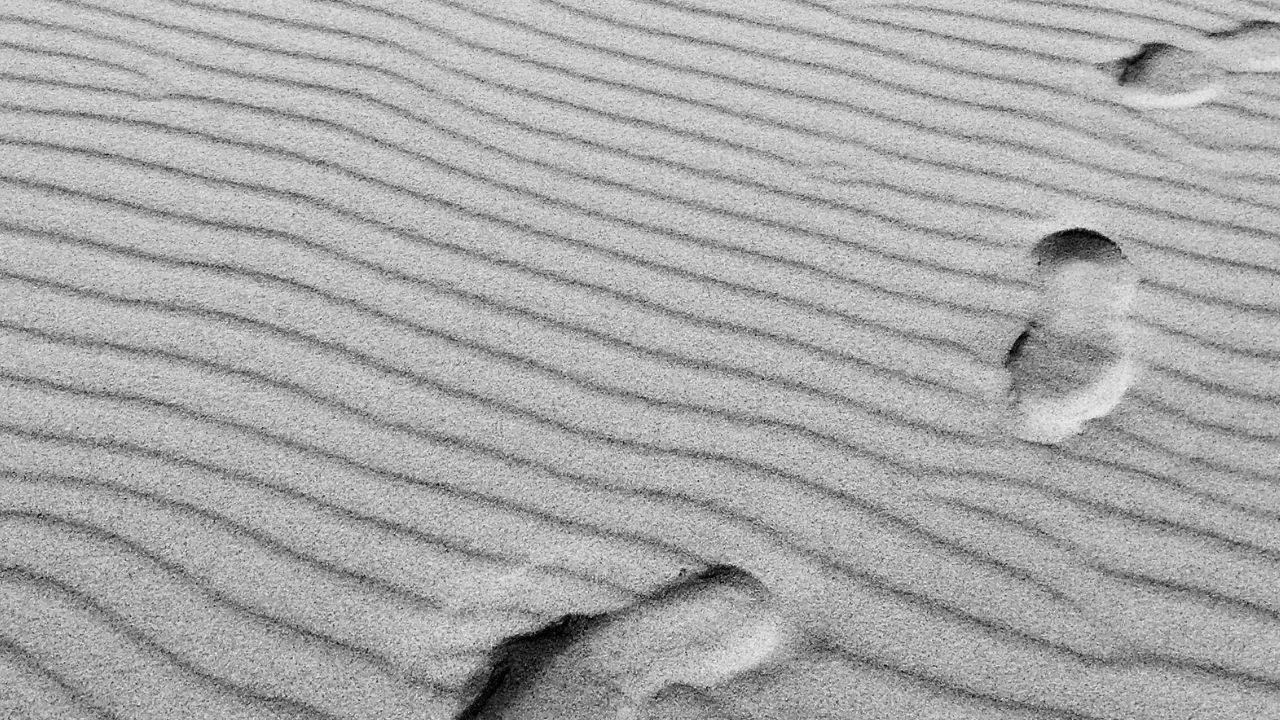

By signing in or creating an account, you agree with Associated Broadcasting Company's Terms & Conditions and Privacy Policy.


By signing in or creating an account, you agree with Associated Broadcasting Company's Terms & Conditions and Privacy Policy.

Tbilisi: Eating dirt might sound bizarre to many, but in several cultures around the world, it’s a deeply saw ingrained practice. Known as geophagy, the deliberate consumption of soil or clay has been observed for centuries in regions like Georgia, Africa, and parts of South America. While it might seem like an unusual habit, geophagy has roots in both tradition and science.
Geophagy is often associated with cultural traditions, medicinal beliefs, and dietary needs. In some communities, certain types of clay are thought to have detoxifying properties. People believe that the clay helps absorb toxins, settle the stomach, and even provide essential minerals like iron, calcium, and magnesium.
In Georgia, for example, a specific type of white clay called "white dirt" or "kaolin" is sold in markets and eaten by locals. Pregnant women, in particular, are known to consume it, believing it helps with morning sickness and provides minerals beneficial for fetal development.
Similarly, in parts of Africa, clay is often eaten as a remedy for digestive issues. Some people believe it can neutralise stomach acid and act as a natural treatment for ulcers or indigestion. It is also a common craving among pregnant women, a phenomenon seen across different cultures.
While geophagy is widely practised, it comes with potential health risks. The main concern is contamination—soil can contain harmful bacteria, parasites, or toxins like lead and arsenic. Consuming dirt from unknown or untreated sources can lead to serious health problems, including intestinal infections and heavy metal poisoning.
However, when properly processed, some clays—like kaolin—are used in modern medicine. Kaolin clay is an ingredient in anti-diarrheal medications and is also used in skincare products.
Despite the risks, geophagy remains a fascinating cultural phenomenon that highlights the diverse ways humans interact with their environment. Whether for tradition, health, or cravings, eating dirt continues to be a practice in many parts of the world.
Would you ever try it?












